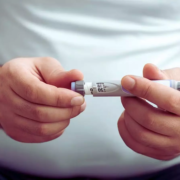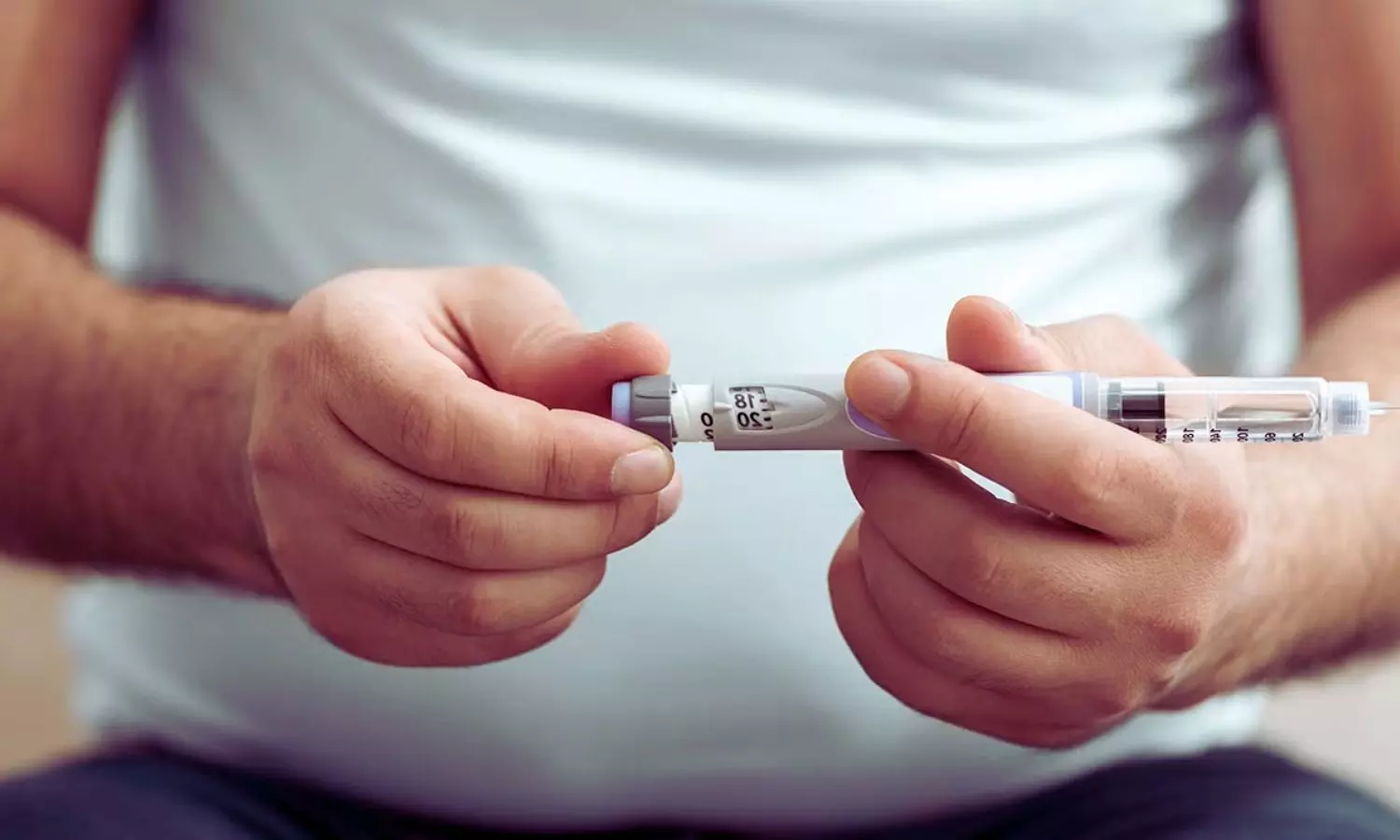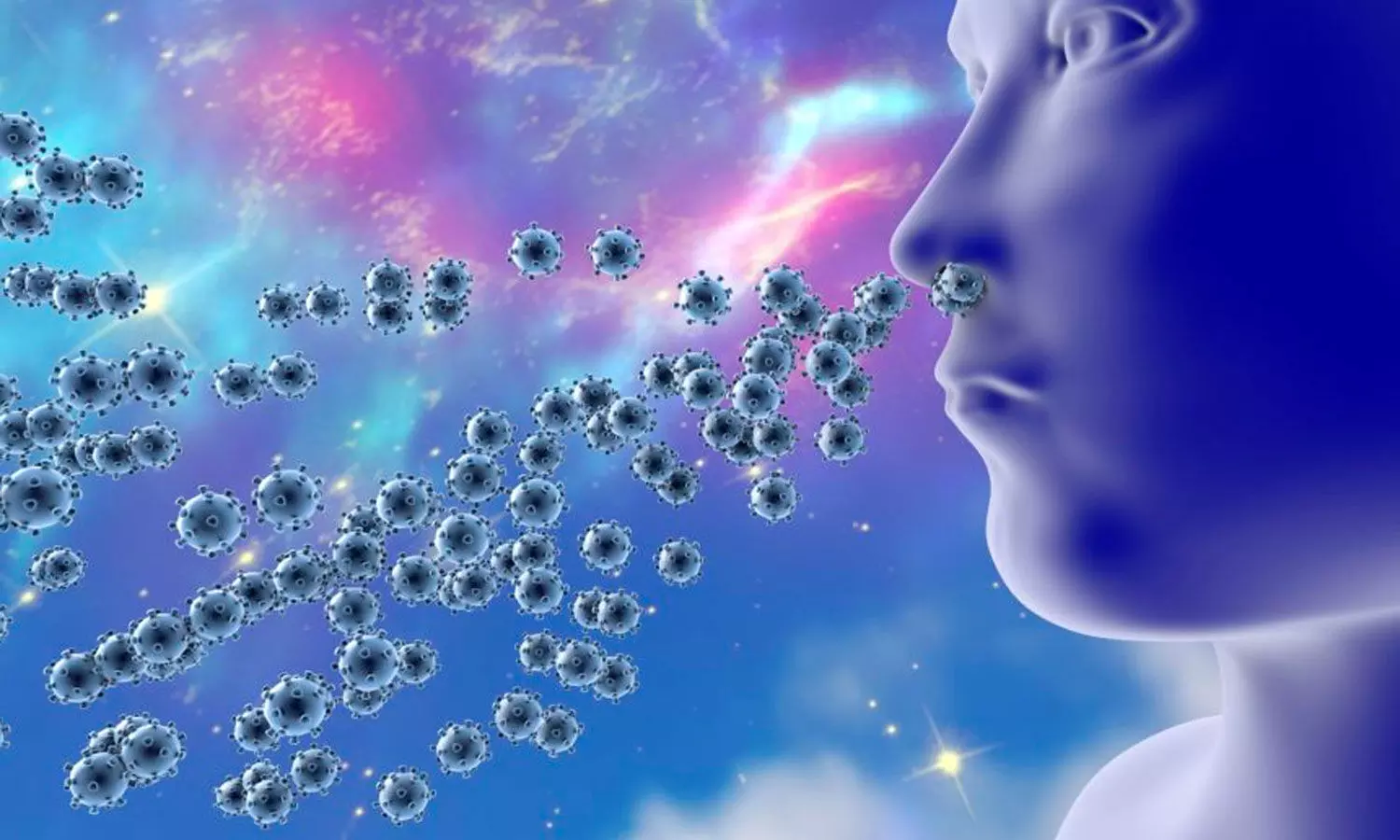GMC Jalgaon Violence: Surgery Resident Doctor injured in mob attack

Jalgaon: In a shocking incident that has deeply disturbed the medical community, a junior resident doctor from the Surgery Department at Government Medical College (GMC), Jalgaon, was allegedly brutally assaulted by a mob of 15–20 relatives of a patient. The doctor sustained serious injuries, including a ruptured eardrum, a bleeding nose, and other bodily wounds.
The incident took place on Friday at around 8:12 pm, when relatives brought a patient to the hospital for treatment. At the same time, resident doctors from the surgery department and interns were attending to the patients, many of whom had suffered injuries from firecracker blasts. Dr Mohit, who was treating one of the patients, noticed that the situation was becoming unmanageable.
Since the relatives were making a lot of noise and creating a commotion, he asked them to wait outside to avoid disturbance. However, instead of cooperating, the relatives refused to leave and began attacking the doctors.
Also read- New Delhi: MD Medicine doctor at RML Hospital assaulted over alleged treatment delay
During the attack, the patient’s relatives allegedly brutally thrashed the doctor along with other doctors present in the ward. He was punched multiple times until he started bleeding from his nose and also suffered a ruptured eardrum, along with other injuries.
As the situation worsened, the relatives fled the hospital with the patient and took him to another facility. The hospital authorities immediately informed the police, who arrived at the scene and began investigating the case.
A case has been registered, and two suspects have been detained in connection with the assault. An investigation is underway.
“Such incidents keep happening repeatedly. The doctor who leaves everything behind to treat us — is there really no one to stand up for them?” asked the doctors strongly condemning the brutal assault.
Demanding strict action regarding repeated assaults on resident doctors and permanent security on the campus, the Maharashtra Association of Resident Doctors (MARD), GMC Jalgaon, submitted a memorandum to the hospital administration.
Demanding strict action and permanent security arrangements on campus, the Maharashtra Association of Resident Doctors (MARD), GMC Jalgaon, submitted a memorandum to the hospital administration.
In the letter, the doctors stated that even after repeated requests for a police chowki and security personnel in the casualty ward, there is still no police presence available at any time. They mentioned that this was the third major assault incident, apart from several minor ones that happen regularly.
“We demand strict action against the repeated assaults on resident doctors, as such incidents are occurring frequently and in the worst possible way,” the memorandum read.
The association warned that if their demands are not fulfilled, they may go on strike, including shutting down emergency services.
“We were given a date 25/07/25 and on this date MSED security force was about to be recruited within hours from 6 months – no any information regarding this is given to us. It is too difficult to manage for us to work and provide services wholeheartedly where nothing in your favour is working. We just demand security of resident doctors who worked 24×7 relentlessly without food or sleep to provide services. We are shameful and tired of demanding a simple thing for a number of times. If this is not fulfilled, we may permit to take in action a strike, which may include to shut down emergency services also,” said the doctors.
Also read- Violence at Chittoor Hospital: 3 On-duty doctors attacked by mob
Powered by WPeMatico





